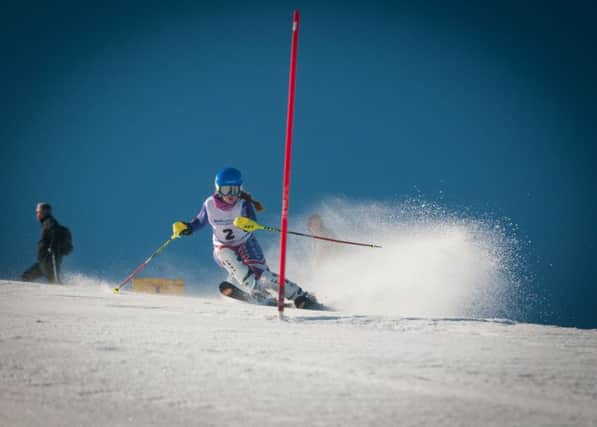Roger Cox: Has Scottish skiing really had a disappointing year?


The Beeb appeared to be of the opinion that 2015/16 had been a poor year. On its website, it went with the headline “Late start affected Scottish ski season” and explained that the fact there wasn’t enough snow to run the lifts until mid-January “reduced the number of days available for skiing and snowboarding.” Over at the Press and Journal, meanwhile, the spin was more positive. Under the headline “Skiing and snowboarding brings £21 million into the Scottish economy” the paper’s website reported that, although numbers were down on the previous year, they were “better than expected” given the slow start.
So who was right? Well, nobody got their facts wrong – the number of 207,770 skier days for the 2015/16 season was reported accurately everywhere, as was the figure of 230,634 skier days for the season before. But neither of the above interpretations really does justice to what was, from a commercial perspective, an absolute nail-biter of a season, one in which victory (or, at least, a very creditable score draw) was snatched from the jaws of catastrophic defeat.
Advertisement
Hide AdAdvertisement
Hide AdIn recent years, there has usually been enough snow to run the lifts at at least some of Scotland’s five ski hills by mid-December, and certainly in time for Christmas, so to have had to wait until the middle of January before making the first few ticket sales must have been agonising for all concerned. Once the snow came, however, the race was on to make up for lost time, and – miraculously – the number of skier days ended up a little less than 10 per cent down on the previous year. Obviously no business wants to see the volume of customers through its doors decrease by ten per cent year on year, but under the circumstances that figure is none too shabby. If you’d gone to see one of the resort mangers in the dark, stressful, snowless days of mid-January, and told them how things were going to pan out come May, they would have breathed an almighty sigh of relief, then taken you to the bar and bought you the drink of your choice.
To properly understand a statistic like “207,770 skier days” though, you need a bit of context. Sure, knowing that the latest ski season has been either better or worse than the one before gives a rough idea of how things are going, but it’s not much use unless you can see how it fits in to the bigger picture. So travel back in time with me, if you will, to the profoundly depressing days of the early Noughties, a time when it seemed as if the Scottish ski industry was going to be consigned to the dustbin of history at any moment.
In September 2003, in an interview with a national newspaper, the respected biologist, ecologist and mountaineer Dr Adam Watson sent shivers down the spines of skiers across the land when he predicted that, as a consequence of global warming, “in two decades [the Scottish ski centres] could be wiped out.” This doomy prognosis came after a disappointing 2002/3 ski season which saw a total of 186,200 skier days across the five Scottish resorts. And if anyone was well placed to make such a dire prediction, it was Dr Watson – a man who had devoted much of his life to researching snow cover in the Cairngorms.
From the standpoint of mid-2016, however, the death of the Scottish ski industry doesn’t feel quite as imminent as it did back then. For the five seasons before this one, the average number of skier days has been a relatively healthy 261,935 – so on average 40 per cent better than 2002/3. This year’s total, although down on the average of the last five years, is still 11.5 per cent up on the 2002/3 figure. If the number of skier days per season is going to collapse in time for 2023, in other words, it had better get a move on.
That’s not to say that the planet isn’t heating up – of course it is – and as it does so it will inevitably kill off skiing in Scotland as well as doing incalculable damage elsewhere. But are we likely to see all five of the Scottish ski centres shut down over the next seven seasons? One bad snow year wouldn’t be enough to do that, as it could be written off as a blip (like 2011/12 – a disastrous year which saw just 118,592 skier days). No, there would need to be a string of bad snow years for something like that to happen, and every time there’s a season like 2015/16 – not brilliant, but not calamitous either – that nightmare scenario seems to recede a little further into the future.